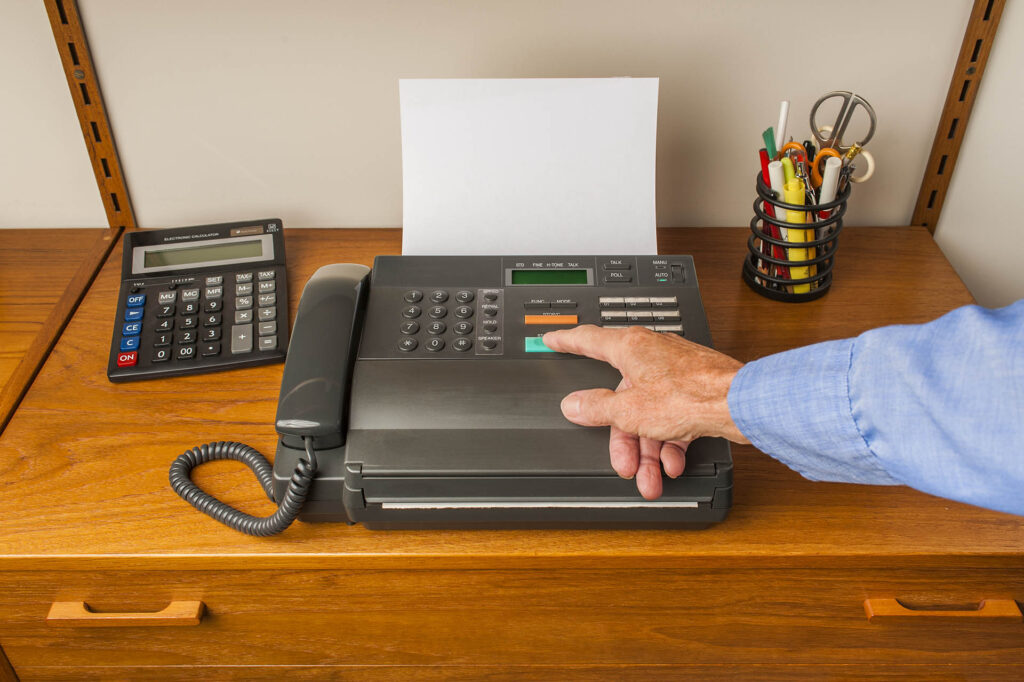
For the past two blogs, we have looked at the important role faxes play in relaying critical information from the hospital to doctors’ offices and how a reliable fax service can improve relationships and business with these offices. Today we turn our attention to making sure Millennium’s Remote Report Distribution (RRD) servers, which send the faxes, are operating at peak performance.
It’s not always an easy task — which is why in my first blog on this subject I recommended that management dedicate at least one full-time analyst to support faxing. Gone are the days that you walk over to the fax machine, set your forms on the paper feeder, type in the phone number, hit a button and away it goes. Now many processes typically occur before a document reaches the RRD queue and is ready to be made into the fax and sent on to the primary care physician.
When training new analysts over the past few years, I often taught them the Cerner RRD application first, before graduating them to the Clinical Reporting applications. This method might seem backward, but I found it to be the most effective. With most things in the IT world, the best way to learn how to fix things is to start at the outcome and then work your way backward. If your end-users are saying they didn’t get the fax, you check the RRD server.
RRD technology has not changed much in recent years. Because of this, RRD servers can quickly become overwhelmed when a hefty number of faxes are pushed through them. If you’re experience faxing delays or failures, I recommend you check the following:
- Operating system. Imagine sitting at your computer all day and faxing a Word document over and over, all day and night, through the computer’s modem. At some point, you would become exhausted and would need a break to regroup and refresh. Similarly, the RRD application needs to be refreshed. Small things like clearing the memory (cache) and straightening (defragging) the files are often forgotten but can help speed up the process.
- Fax volume. It’s important to know the number of faxes you are sending each day. If you’re sending more than your RRD servers can deliver in a timely manner, you might need to beef up your RRD servers. Remember, as I stated in an earlier blog, delays in fax deliveries can be very damaging to your organization’s relationships with referring physicians.
- RRD services. Make sure the RRD services are running on your RRD servers. Without these running, you simply have a desktop computer not doing anything.
- Phone lines. Another area that often gets overlooked is whether the phone lines are still active. Troubleshooting might be as simple as making sure you have a dial tone on the lines going into your RRD servers.
- Modems. Check to see if your modem is hung and not releasing your transmissions. If you use Softek Panther, make sure the RRD: Stalled sensor is set and then check for any Error messages. These messages might indicate a problem with your modem, not your RRD system.
- Obsolescence. Sometimes customers have fax machines that are so old that the Smithsonian is looking to add them to its collection. Ask your customers for the make and model of their fax machine, and then check to see if your current RRD application level supports that model. Keep in mind that if you are not using internal modems on the RRD server, and instead have serial modems attached to the RRD server, those serial modems might be the issue as well. Sometimes a simple reboot fixes the problem.
As you can see, Cerner’s RRD application around faxing can get hung up in a lot of areas. That’s one reason why tracking faxes for a healthcare organization is a full-time job. The next time someone tells you, “It’s just a fax,” remember you have your organization’s reputation – as well as a lot of money – riding on the fax getting where it needs to go.
Prognosis: Troubleshooting Millennium’s RRD application is much easier when a full-time member of the IT team can own the maintenance and support of this important faxing service.
